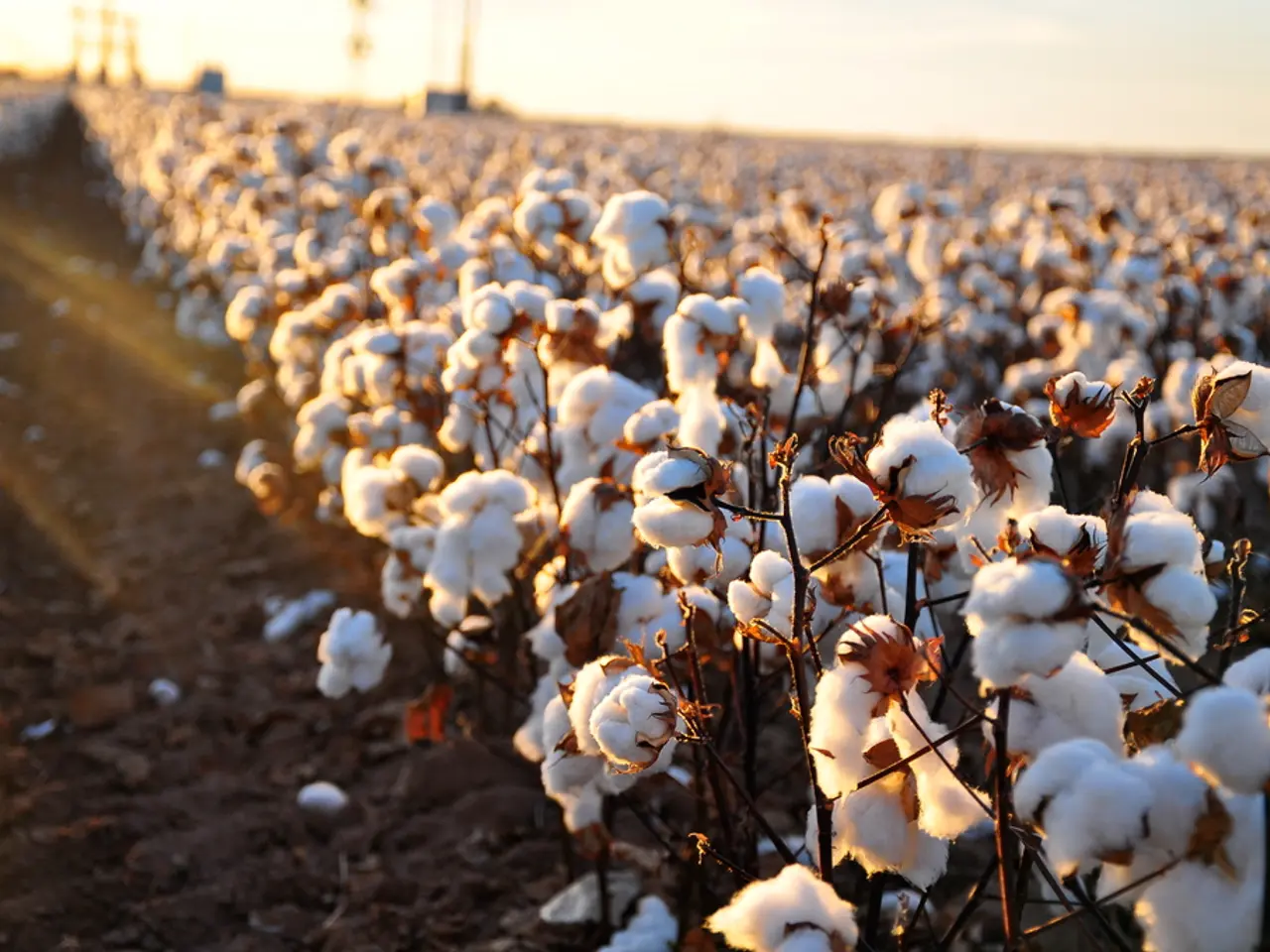Is the use of organic linen necessary?
In the world of bedding, there's a significant difference between organic and non-organic linen. Organic linen, with its natural properties, offers a host of benefits that make it a worthwhile investment for your sleep sanctuary.
### The Difference Between Organic and Non-Organic Linen
Organic linen is grown using sustainable agricultural practices, without synthetic pesticides, herbicides, or chemical fertilizers. On the other hand, non-organic linen is produced using conventional farming methods that often involve harmful chemicals, leaving residues on the fabric and potentially harming the environment.
### The Advantages of Organic Linen
1. **Chemical-Free and Safe for Sensitive Skin** Organic linen is free from harmful chemicals that can cause irritation or allergic reactions. Processed naturally, organic linen is much softer and hypoallergenic, making it an ideal choice for allergy sufferers and sensitive sleepers, including babies.
2. **Hypoallergenic and Antibacterial** Linen naturally resists bacteria, dust mites, and mold, keeping the fabric fresher and reducing odors. This property is retained or enhanced in organic linen due to the absence of chemical treatments.
3. **Durability and Comfort** Organic linen becomes softer and stronger over time with use and washing. It offers excellent breathability and moisture-wicking properties, ensuring comfort by keeping the skin dry and cool regardless of the climate.
4. **Environmental Sustainability** Organic linen significantly reduces water consumption and avoids the pollution caused by pesticides and fertilizers. It is biodegradable and decomposes naturally, unlike synthetic fabrics that take centuries to decompose. By choosing organic linen, you're supporting sustainable agriculture and reducing microplastic pollution associated with synthetic fibers.
5. **Better Long-Term Value** Although organic linen may have a higher upfront cost, its durability, comfort, and health benefits make it a worthwhile investment. It lasts longer and maintains quality without harmful chemical residues.
### Why You Should Buy Organic Linen
Choosing organic linen means selecting a fabric that is healthier for your skin, safer for the environment, and more comfortable and durable over time. For families, especially those with sensitive skin or allergies, organic linen offers a chemical-free, breathable, and naturally antibacterial material that supports well-being.
Moreover, by buying organic linen, consumers contribute to more sustainable farming practices and reduce pesticide pollution. Certifications such as European Flax and Global Organic Textile Standard (GOTS) provide guarantees that your organic linen duvet covers are 100% genuine and traceable.
In summary, organic linen is worth buying for its skin-friendly qualities, environmental benefits, durability, and overall comfort compared to conventional non-organic linen. Make the switch today and enjoy a healthier, more sustainable sleep experience.
- When compared to non-organic linen, environmental-science shows that organic linen is grown using agricultural practices that are beneficial to the environment, as it reduces water consumption, avoids pollution caused by pesticides and fertilizers, and is biodegradable.
- In the realm of health-and-wellness, organic linen proves to be a safer choice due to its natural properties, as it is free from chemical residues and offers hypoallergenic benefits, making it an ideal pick for individuals with sensitive skin.
- For those with an interest in lifestyle, fashion-and-beauty, and home-and-garden, it's worth noting that by supporting organic linen production, consumers are backing sustainable agriculture, and contributing to reducing microplastic pollution associated with synthetic fibers.




